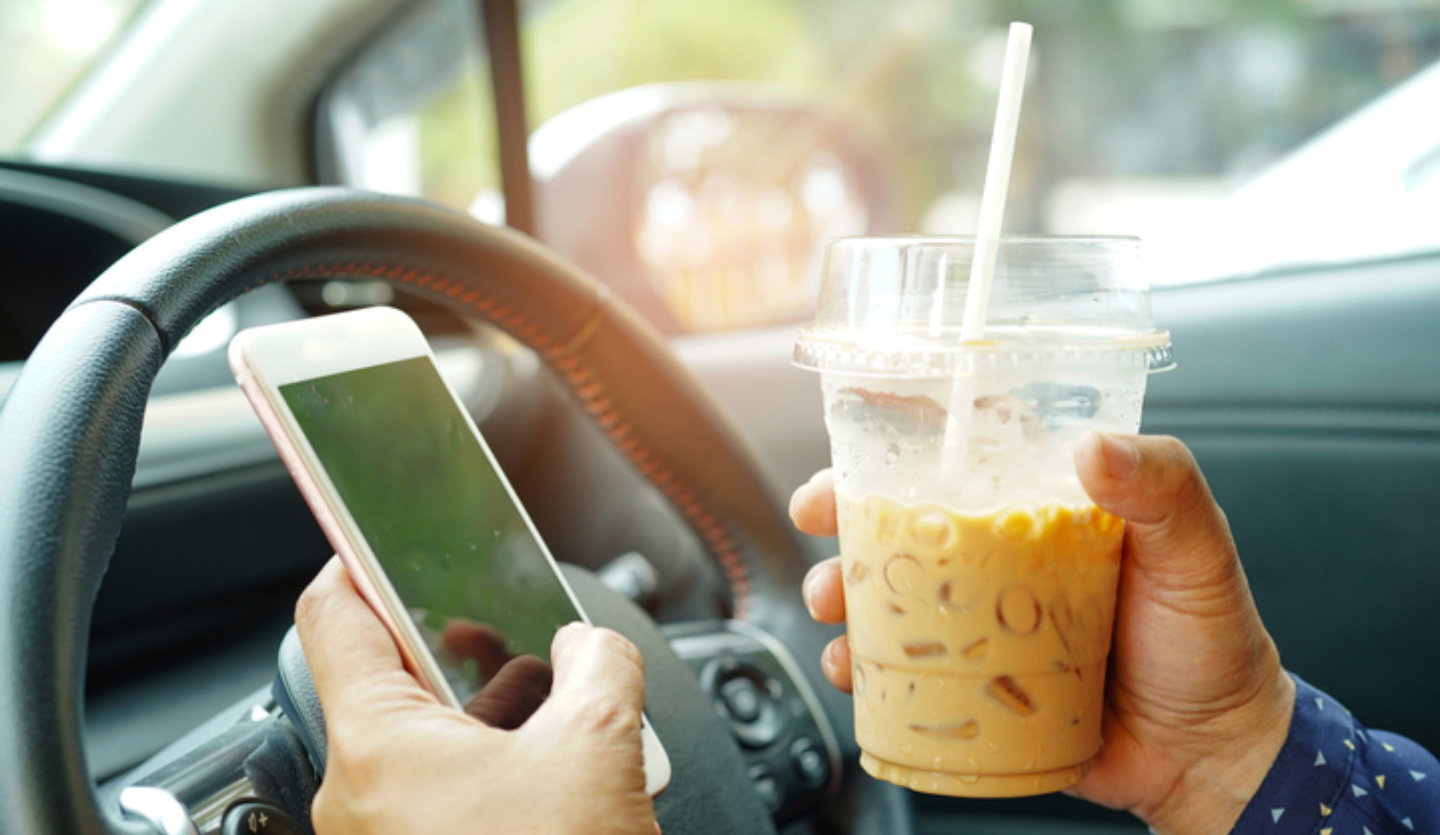

(844) - 444-4444

Distracted driving claimed over 3,500 lives in 2021, according to the National Highway Traffic Safety Administration. There are many different kinds of distractions. Cell phone use is a factor in many fatal crashes, and it’s on the rise, which is why most distracted-driving laws today target cell phone use. Looking away from the road for two seconds doubles a driver’s risk of crashing, and texting can take 10 times that long—about five seconds to send or receive a message plus up to 27 more ticks of the clock to then refocus on the road.
While drivers of all ages can be distracted, reports from the NHTSA prove that some groups are more likely to become distracted behind the wheel. For example, according to research, texting while driving increases a teen’s risk of crashing by 23 times.
Into this complex equation have waded not only lawmakers but also psychologists, neuroscientists, and other specialists, all trying to curb inattentive driving. It’s not an easy problem, mostly because it’s so prevalent. A study by the Virginia Tech Transportation Institute found that nearly 80 percent of crashes and 65 percent of near-crashes involved driver inattention within three seconds of the accident.
The Centers for Disease Control and Prevention says a driving distraction is “any activity” or thinking that “takes a driver’s attention away from driving.” Moreover, the NHTSA reports that “drivers whose attention is diverted…for more than two seconds at a time are at increased risk of a crash.”
According to the Washington state transportation department, some studies suggest that focusing on a sign’s message takes two seconds, reading every three words takes one second, and refocusing on the road still more time. Some unique messages may entail increased processing time.
As researchers have studied distraction’s effect on the mind and explored ways of mitigating its dangers, policymakers have sought to curb distracted driving with laws and other measures. In this, New York has been a leader. Here are just a few of the steps the state has taken to curb distracted driving:
During the enforcement campaign, police statewide wrote 1,671 tickets for distracted driving. Penalties include fines of up to $450, five driver-violation points, and license suspension or revocation.
New York’s Vehicle and Traffic Law now broadly bans the use of portable electronic devices while driving.
According to the Centers for Disease Control and Prevention, there are three main types of distraction: manual, visual, and cognitive. Some distractions, such as using the rearview mirror to apply lipstick or brush one’s hair, can span multiple categories.
If you’re injured by a distracted driver, you could experience significant pain and suffering that affects your quality of life.
An accident attorney can strengthen your claim and advocate for you to receive maximum compensation. The personal-injury attorneys at William Mattar, P.C., have years of experience focusing on motor-vehicle cases. We know how to build a case that will enable you to receive maximum compensation. So, don’t hesitate to fill out our online consultation-request form or call us, at 844-444-4444





